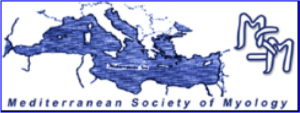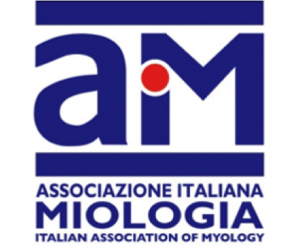Juvenile Myasthenia Gravis (JMG) is a neuromuscular disease, often characterized at onset by fatigue and fluctuating weakness. We report a case of a girl affected by severe mood disorder, in which the diagnosis of JMG and its treatment were challenged by the concomitant psychiatric condition.
A 14-year-old girl, with a history of severe mood disorder and emotional dysregulation, had been treated with benzodiazepines, sertraline, and antipsychotics, reporting generalized fatigability, weakness, and drowsiness, first ascribed to her psychiatric condition and therapy. After a suicide attempt, she was hospitalized and a neurological assessment revealed a fluctuating ptosis and facial weakness, that improved with rest.
The diagnosis of JMG was confirmed by repeated nerve stimulation test, and by the response to pyridostigmine. Antibodies anti-AChR and anti-MuSK were negative.
JMG diagnosis may be harder in adolescents with psychiatric comorbidity. Moreover, the neurological condition limits the choice of the appropriate psychopharmacotherapy.






